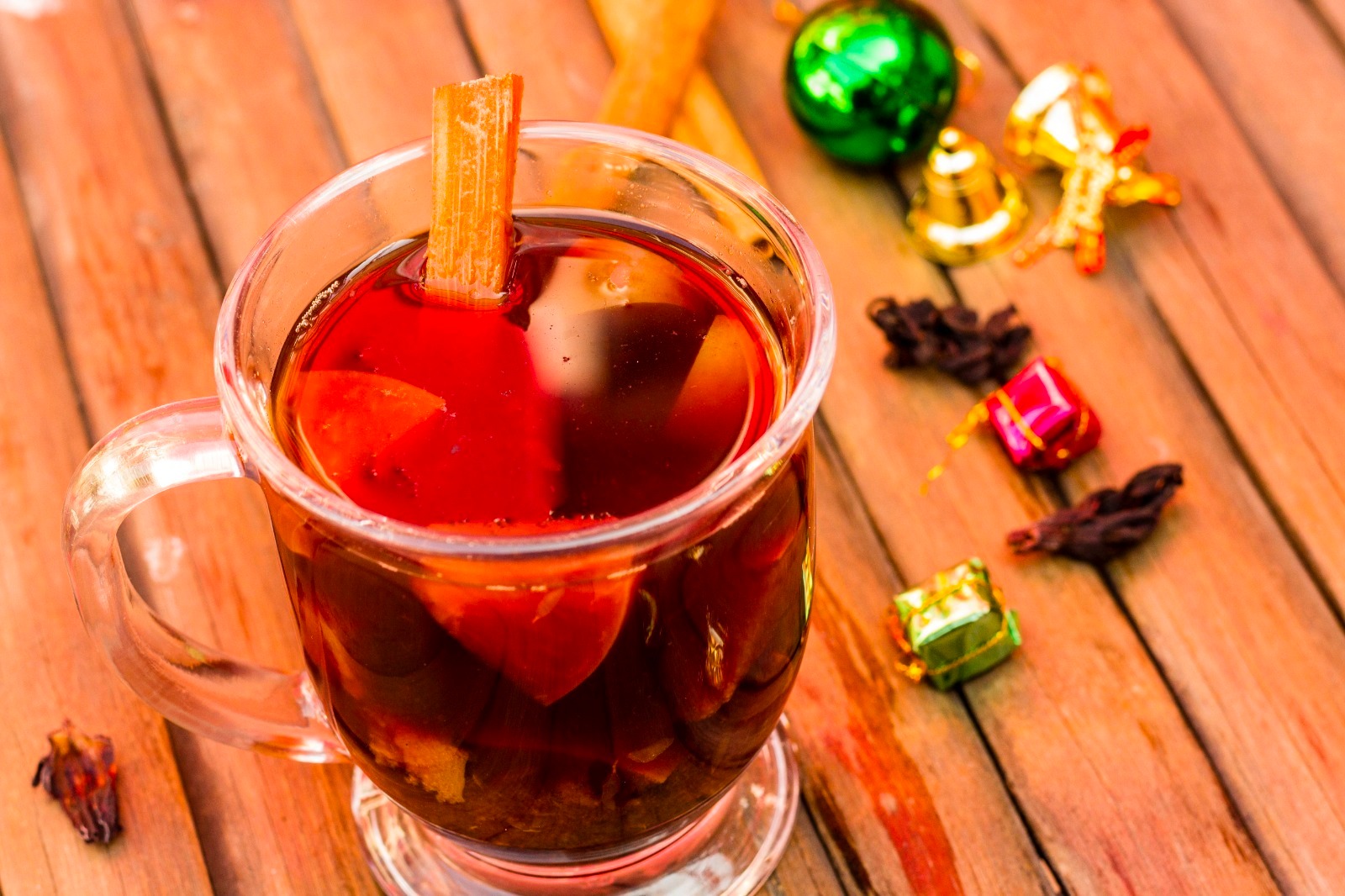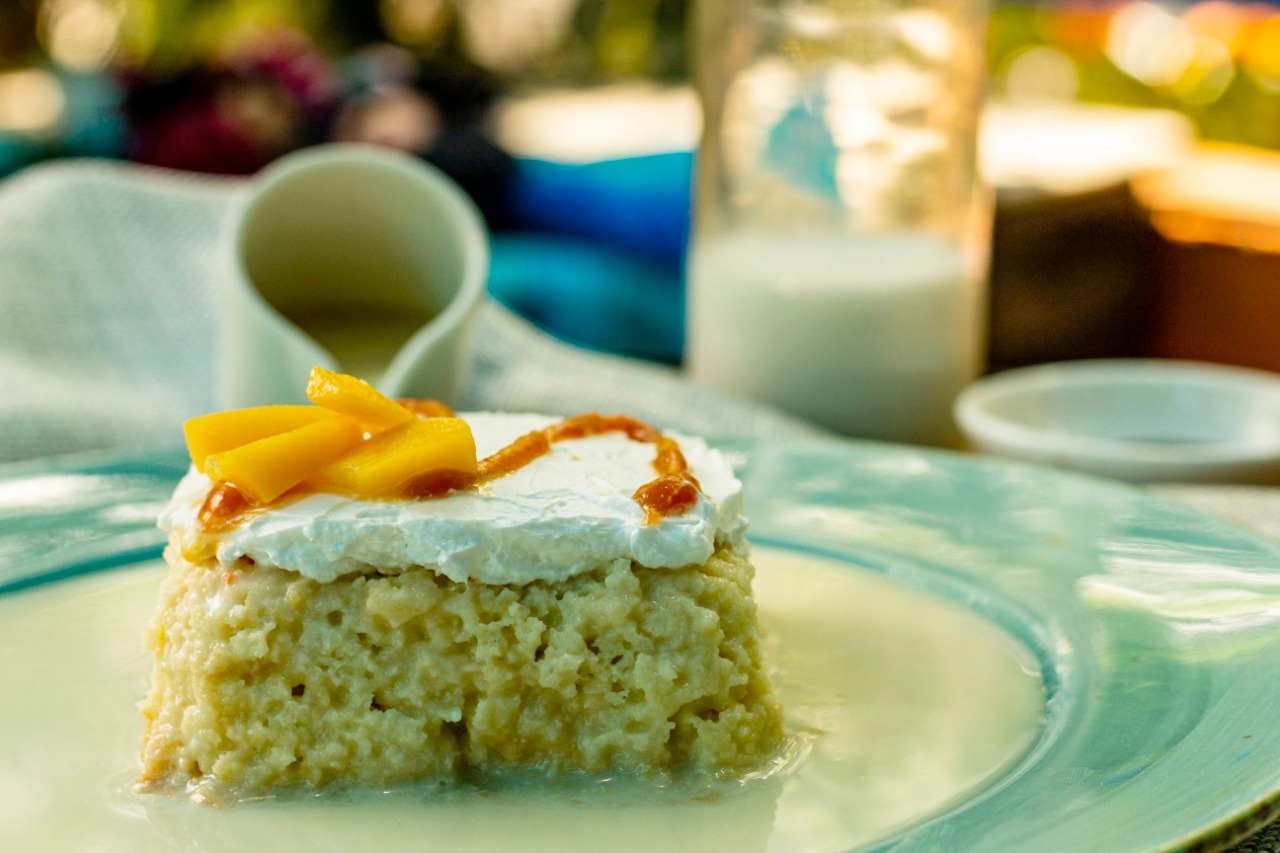Food
Spicing things up, Mexican way
Casa Mexicana in Gairidhara, Kathmandu, is a welcoming space that offers a fusion dining experience.
Manushree Mahat
When Monica Tapia arrived in Nepal, she had a vision: to bring the delights of Mexican cuisine to Kathmandu. Soon after her arrival, she set her plan in motion, selecting a location and crafting a menu with her husband, who shared her passion for cooking and travel. The dream became a reality in February 2017 with the opening of Casa Mexicana in Kathmandu.
Despite the difficult task of having to accumulate a whole new culture and language, Tapia enjoyed it. Introducing Mexican cuisine to locals initially proved challenging, yet over time, Casa Mexicana gained momentum.
“We realised that people in Nepal are open to trying new things and dishes. There’s a natural hesitation at the beginning, but with time, we found our footing and developed a loyal customer base,” says Tapia.

She believes that food can unite people, transcending cultural and language barriers. Nearly seven years since its inception, Casa Mexicana’s kitchen is predominantly staffed by Nepalis, guided by Tapia to capture the essence of Mexican cuisine in Nepal.
There were a few challenges due to the availability of some ingredients, leading to the substitution of certain items with Nepali alternatives. Initially, sourcing the right type of corn flour for making corn tortillas was a hurdle, so they started using a different flour. The taste of avocados in Nepal differed from that in Mexico, so the Casa team added new ingredients to achieve an authentic Mexican guacamole. Tapia also had to design her own recipe for Pambazo—a deep fried Mexican sandwich, because they couldn’t find a lot of the ingredients for the recipe in Nepal. Interestingly, zucchini, commonly used in Mexican dishes, was not well-received by Nepali diners.
Tapia observed a shared preference between Nepali and Mexican taste buds—both favouring flavourful food over bland options. While both nationalities appreciate spiciness in their meals, it was noted that the spice preference extended beyond just chili-dependent heat.
Casa began as a small venture, starting off more as a cafe than a restaurant, but the Gairidhara restaurant has now grown to offer ample space for diverse customers. Upon entering, you’re greeted with warm hospitality, affirming that choosing to dine here was a good decision. The spacious interior unfolds with a gleaming bar straight ahead, and to the right, servers don traditional Mexican attire, part of the Mariachi outfit, complete with sombreros (wide-brimmed Mexican men’s hats).

According to the founders, the restaurant aims to provide an authentic Mexican experience, evident in its fabric pattern from the Otomi tribal Mexican group, and décor reminiscent of Mexico. Tapia believes dining at a restaurant is not just about the food; it's also about the experience, and the ambience. Customers can even don sombrero hats casually hanging on the walls for a complete immersion into this Mexican haven. The seating arrangement is thoughtfully designed to cater to various dining preferences—from general dining areas for casual meals to elaborately designed private rooms with fireplaces and long meeting tables, ideal for business dealings.
Tapia mentions that Casa's menu reflects typical Mexican restaurants, offering burritos, quesadillas, sopes, pambazo, enchiladas and more, ensuring an authentic Mexican taste. Her personal favourite, the pambazo, is a fried sandwich with a special pepper sauce called Guajillo, served with cheese and a special salsa. Another standout, the sopes, is a corn casserole with beans, featuring fillings like mushroom, rajas paneer, potatoes and tinga mushroom, topped with cream cheese and veggies.

During our visit to Casa Mexicana, we opted for the burrito, curious to experience an authentic Mexican version compared to our homemade attempts. The chicken burrito we tried was delightful, packed with beans, cheese, chicken and served with red rice, potatoes and salsa. The burrito offered a well-balanced plate of flavours that was both satisfying and delicious.
At Casa, the servers welcome you with a friendly disposition, making you feel comfortable exploring new tastes. Following their suggestion, we tried the ponche, a warm Mexican fruit-based drink brimming with sugarcane, apples and guava, pear, mandarin, and shakkar, to sweeten the ponche. It left us with the belief that tasty dishes can also be healthy.

The next dish we ordered was a dessert—Tres Leches; after all, it is what Casa Mexicana does best. This spongy, light cake is topped with a cream made from three different kinds of milk—coconut, condensed, and whole milk. Traditionally, the Tres Leches is made with evaporated milk, but since that's not widely available in Nepal, Tapia replaced it with Coconut milk. It practically melts in the mouth, offering a sweet sensation without being overly intense. Plus, the generous portion size makes it a winner all around.
Tapia is optimistic about Casa Mexicana’s future and is currently pleased with the success they’ve achieved in Nepal. While she envisions opening similar restaurants worldwide, she’s content with having found a home in Nepal. There are also plans to introduce more menu items in the future, including more soups best for the winter, and a few more different kinds of Mexican dessert, ensuring that their customers will have even more of the incredibly tasty Tres Leches and other delicious Mexican desserts to enjoy.




 17.12°C Kathmandu
17.12°C Kathmandu










